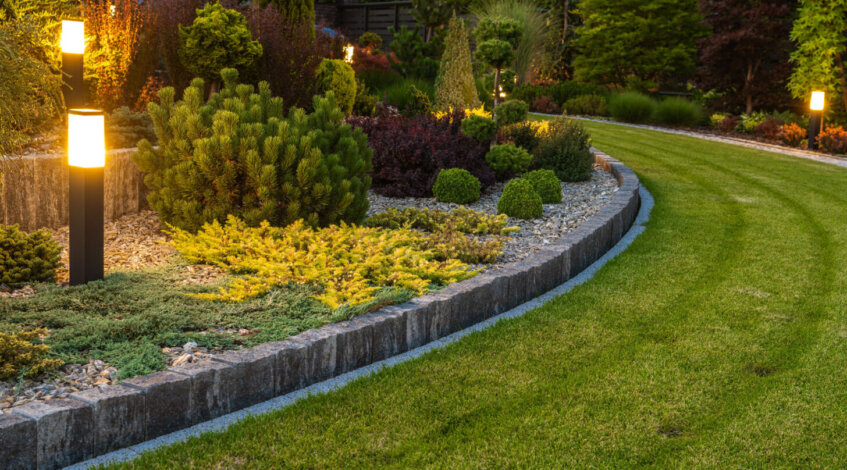Introduction
Xeriscaping, a form of landscaping designed to reduce or eliminate the need for supplemental water, is a concept often associated with arid regions. However, it is just as essential and applicable in diverse climatic conditions such as Canada’s. With a broad range of seasonal weather conditions and unique native plant species, a well-planned xeriscaping design can be both practical and aesthetically pleasing.
This article will walk you through the essential tips and tricks for xeriscaping design, tailored specifically to the Canadian weather conditions and flora. These insights from experts will provide the necessary knowledge to design your water-efficient, stunning garden.
Climate-specific Plant Selection
An essential aspect of xeriscaping is selecting native or climate-specific plants that naturally thrive in their environment without needing extensive irrigation. In Canada, native species can withstand the cold winters, hot summers, and everything in between, and they add a delightfully authentic touch to your garden.
Consider incorporating drought-resistant species such as Purple Coneflower, Smooth Aster, or Eastern Red Cedar. Expert tip: arrange your flower beds based on the moisture and sunlight requirements of the plants. Place thirstier plants together in a spot where they will naturally receive more water through runoff or shade them to prevent excessive evaporation.
Water-Conserving Irrigation
Efficient water use is the backbone of effective xeriscaping. Canada’s cooler climate may reduce the need for watering; however, certain seasons still demand irrigation. But instead of using traditional sprinklers or spray systems which lose a lot of water to evaporation and wind, consider opting for a drip irrigation or soak hose system.
These systems provide water directly to the root zone of plants, minimizing waste and ensuring a more efficient use of water. They can be installed just below the surface of your soil, preventing unnecessary evaporation.
Strategic Mulching
Mulching is another key to successful xeriscaping. Mulch, consisting of organic materials like shredded bark or compost, helps retain moisture in the soil during hot summers and insulates the roots during cold winters.
In Canada, where temperatures can fluctuate, a 3-6 inch layer of mulch can play a vital role in maintaining consistent soil temperatures and moisture levels, keeping your plants healthy year-round. Arrange your mulch strategically around your plants but avoid touching their stems to prevent rot.
Utilizing Hardscapes
Another key feature of xeriscape gardens is the creative use of hardscapes. Hardscapes are non-living elements of your landscaping, which could include stone pathways, decorative rocks, or art installations. These components add structure and interest to your garden while reducing the need for water-demanding greenery.
Remember, every detail within your xeriscape design serves a particular role, functionality, and beauty. Canada’s striking natural stones such as granite or river rocks can make striking hardscape features, and their diversity can add intrigue to your design.
Regular Maintenance
Last but not least, regular maintenance of your xeriscape garden is key. While xeriscaping designs are indeed low-maintenance, essential care is still necessary to keep your garden thriving. Canadian seasons can be harsh, so it’s crucial to maintain your garden regularly. Pruning, fertilization with organic nutrients, and pest control are all vital aspects of primary care.
Conclusion
To master xeriscaping in Canada, one needs to embrace the country’s distinct climate and celebrate its native plant life. By choosing climate-specific plants, conserving water with efficient irrigation systems, strategic mulching, utilizing captivating hardscapes, and maintaining your garden regularly, you can create a resilient, stunning space that goes beyond traditional landscaping. Not only can you conserve water with these practical strategies, but you can also craft a gorgeous landscape that brings you joy every season.

